Satellite IoT – SpaceX, Inmarsat, Kineis, Orbcomm Enabling Global Supply Chain Visibility
As global supply chains expand into remote and underserved regions, traditional connectivity solutions often fall short. Cellular and terrestrial communication networks lack the reach needed to consistently monitor assets in transit across oceans, deserts, and sparsely populated areas. This visibility gap exposes supply chains to a range of risks, including delays, spoilage, theft, and compliance […] The post Satellite IoT – SpaceX, Inmarsat, Kineis, Orbcomm Enabling Global Supply Chain Visibility appeared first on Logistics Viewpoints.
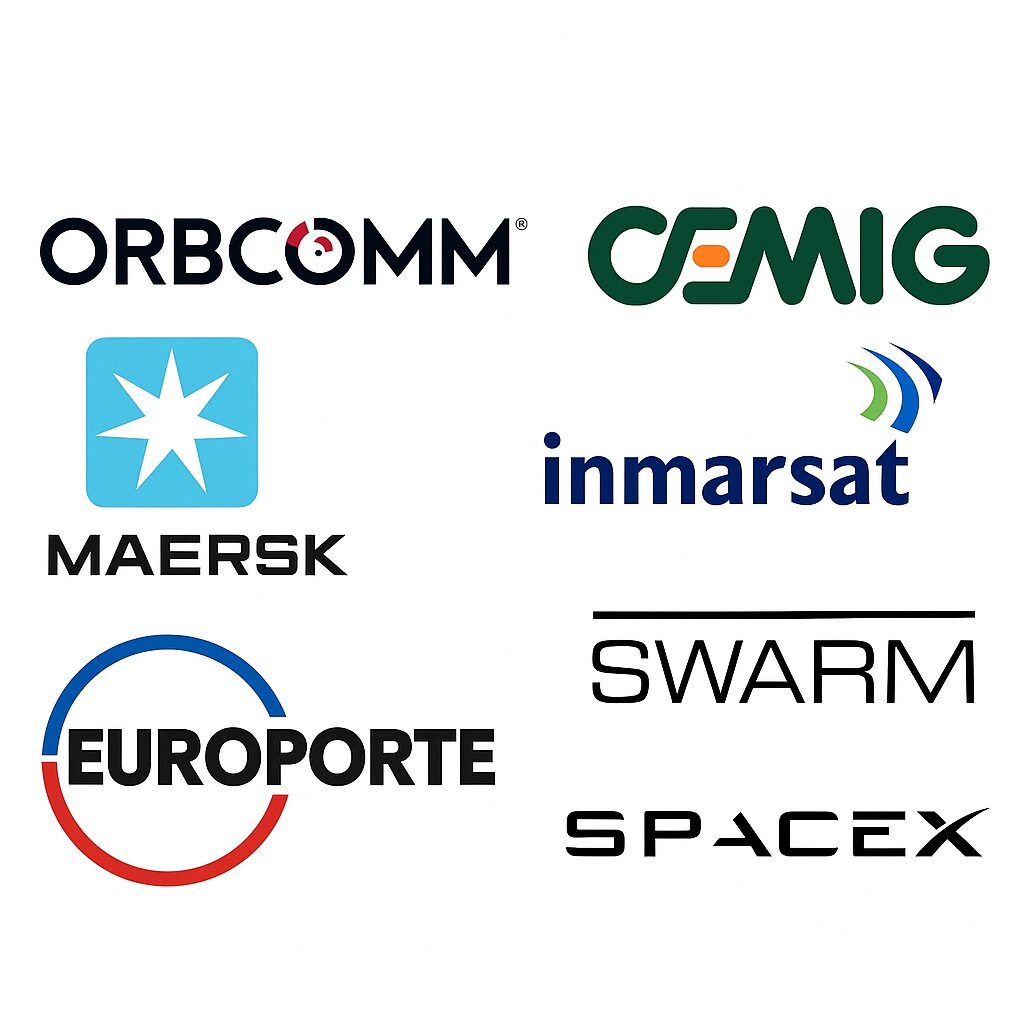
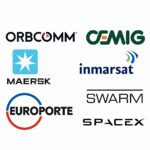
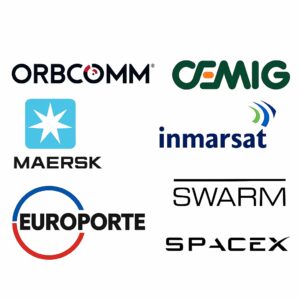 As global supply chains expand into remote and underserved regions, traditional connectivity solutions often fall short. Cellular and terrestrial communication networks lack the reach needed to consistently monitor assets in transit across oceans, deserts, and sparsely populated areas. This visibility gap exposes supply chains to a range of risks, including delays, spoilage, theft, and compliance violations. The challenge is not just technical—there are cost, infrastructure, and energy constraints when deploying remote tracking systems at scale.
As global supply chains expand into remote and underserved regions, traditional connectivity solutions often fall short. Cellular and terrestrial communication networks lack the reach needed to consistently monitor assets in transit across oceans, deserts, and sparsely populated areas. This visibility gap exposes supply chains to a range of risks, including delays, spoilage, theft, and compliance violations. The challenge is not just technical—there are cost, infrastructure, and energy constraints when deploying remote tracking systems at scale.
Satellite-based Internet of Things (IoT) technologies offer a practical solution by providing low-bandwidth, low-power connectivity over a global footprint. These systems allow companies to track containers, equipment, cargo, and infrastructure assets from virtually anywhere on Earth. The key to successful deployment involves choosing cost-effective, energy-efficient devices, and integrating them into platforms capable of handling real-time data. When executed well, satellite IoT improves operational efficiency, reduces loss and waste, and enables compliance with increasingly strict environmental and safety standards.
Maersk & ORBCOMM: Real-Time Reefer Container Monitoring
Maersk, a global leader in container shipping, has partnered with ORBCOMM to equip over 270,000 refrigerated containers with advanced telematics devices. These devices provide real-time data on temperature, location, and other critical parameters, allowing Maersk to monitor and control its reefer fleet remotely. This initiative has significantly improved cargo integrity, reduced spoilage, and enhanced customer satisfaction.
Cemig & Inmarsat: Monitoring Remote Energy Infrastructure
Cemig, one of Brazil’s largest electric utilities, faced the challenge of managing power distribution across vast and remote regions. In partnership with Inmarsat, Cemig deployed satellite-connected IoT systems to monitor its network of distribution transformers and power lines. This real-time remote monitoring enabled faster detection of outages, better management of maintenance crews, and improved reliability of service delivery—all without relying on terrestrial mobile networks.
Europorte & Kinéis: Rail Freight Asset Visibility
Europorte, a major French rail freight operator, turned to Kinéis to enhance asset visibility using satellite IoT. This partnership equips railcars with compact satellite-enabled trackers, allowing for real-time data transmission even when trains operate in rural or cross-border environments without cellular coverage. The solution helps reduce asset downtime, optimizes load planning, and improves scheduling by giving Europorte full visibility of its rolling stock, regardless of geography.
Swarm Technologies & GREATECH: Flood Monitoring in Europe
GREATECH utilized SpaceX’s Swarm Technologies’ satellite IoT network to develop an affordable flood alert system in Europe. By deploying low-cost sensors connected via Swarm’s satellites, the system provides real-time flood monitoring in remote areas, helping to prevent catastrophic flood damage. This project demonstrates the potential of satellite IoT in enhancing disaster preparedness and response.
Strategic Visibility from Space is Here Today!
Satellite IoT is no longer a niche technology—it is a critical enabler for global logistics and infrastructure operators seeking visibility in hard-to-reach areas. The examples above show how named customers are using satellite IoT to improve cargo tracking, utility reliability, rail freight coordination, and disaster response.
The key advantages of satellite IoT include global coverage, independence from local telecom infrastructure, and increasingly cost-effective hardware. When combined with cloud-based analytics platforms, these systems provide not just raw data, but actionable insights that reduce emissions, cut costs, and improve safety.
Organizations that move early on satellite IoT will be better positioned to handle future regulatory demands, customer expectations for transparency, and risks posed by supply chain disruptions. As more constellations come online and costs continue to drop, the reach of satellite IoT will only expand—bringing the connected world even closer to total visibility.
The post Satellite IoT – SpaceX, Inmarsat, Kineis, Orbcomm Enabling Global Supply Chain Visibility appeared first on Logistics Viewpoints.










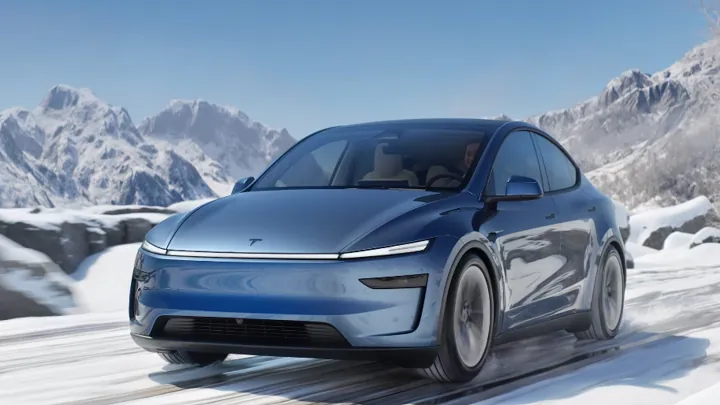






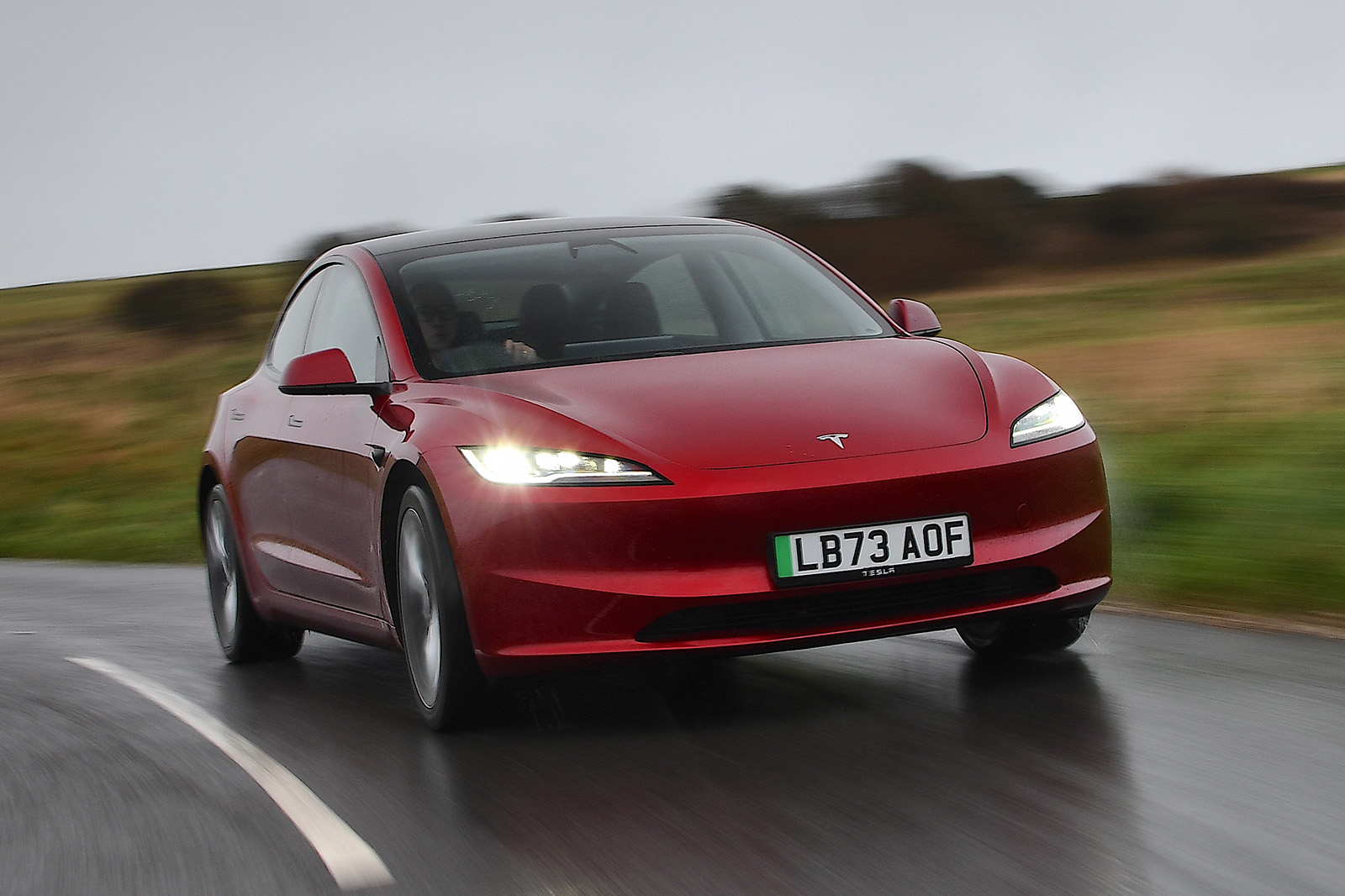


















































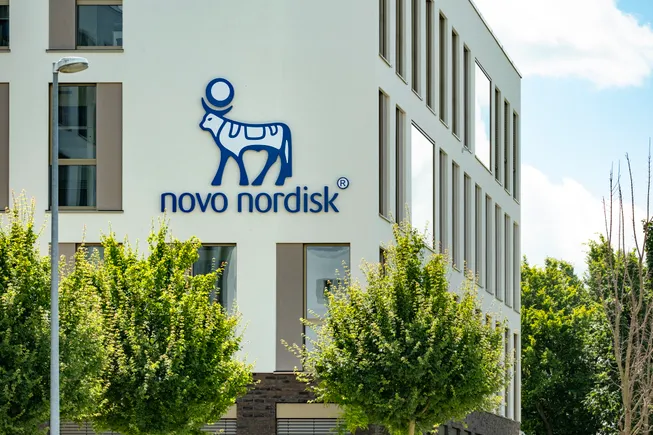


















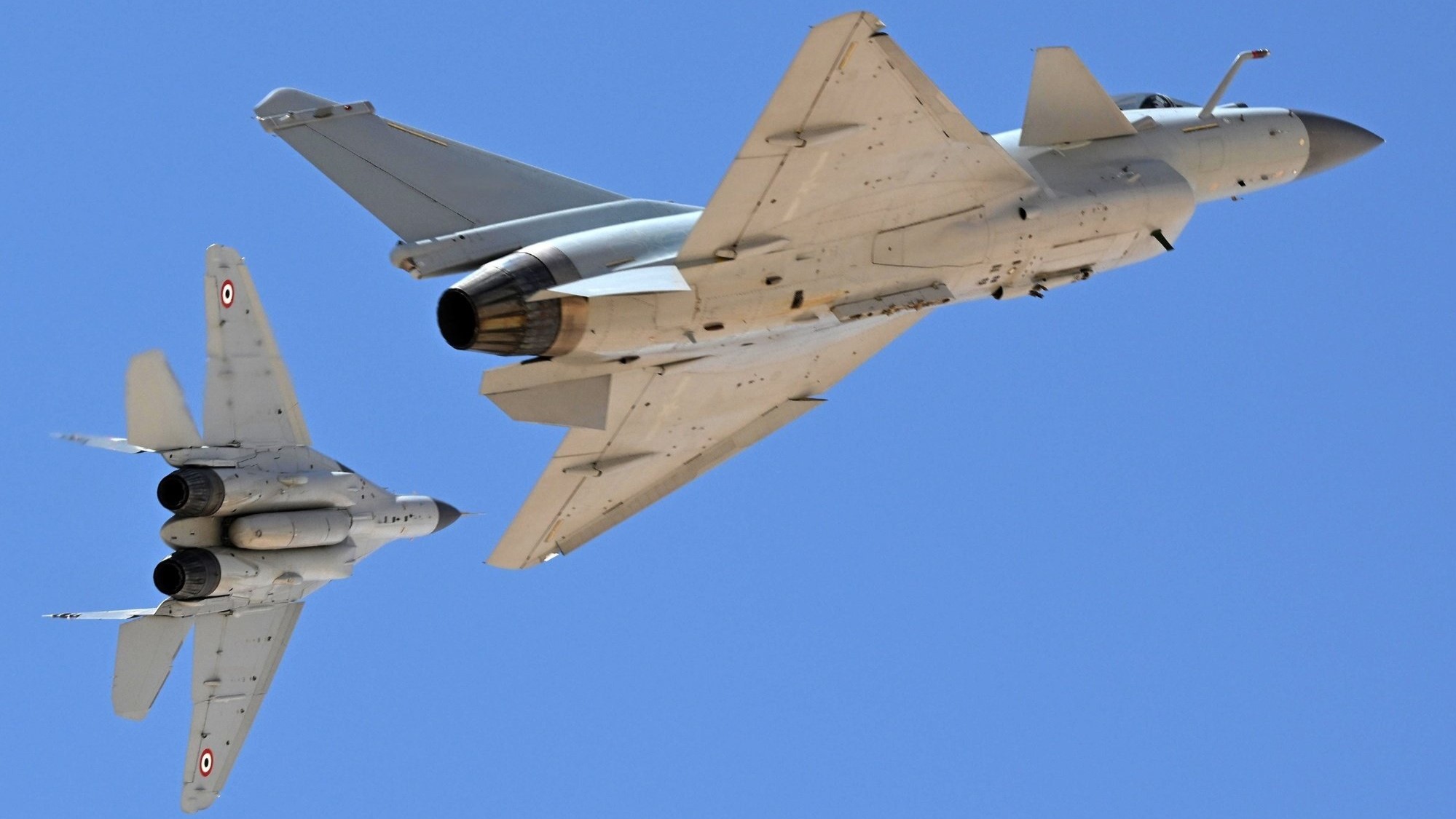



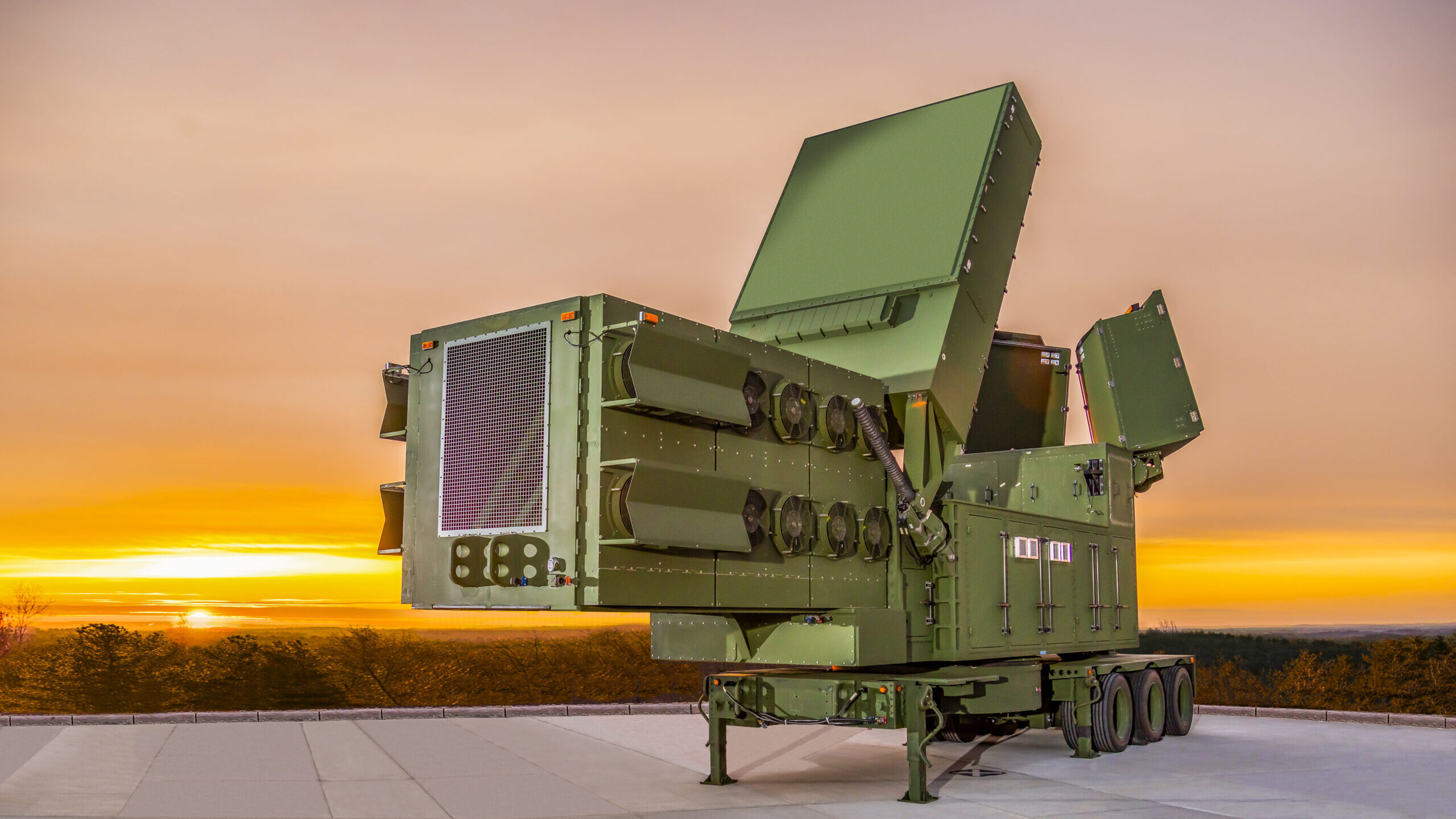












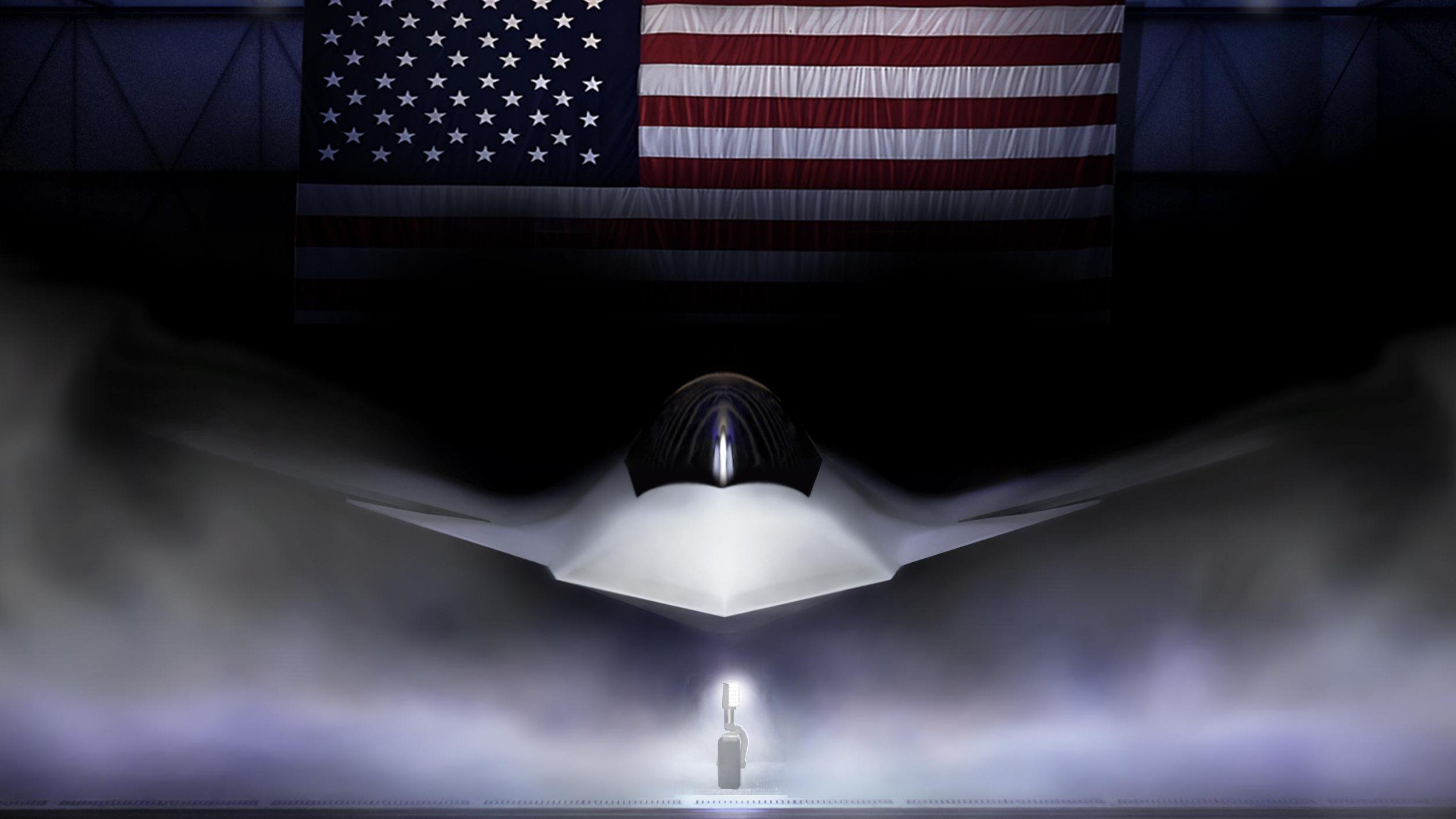





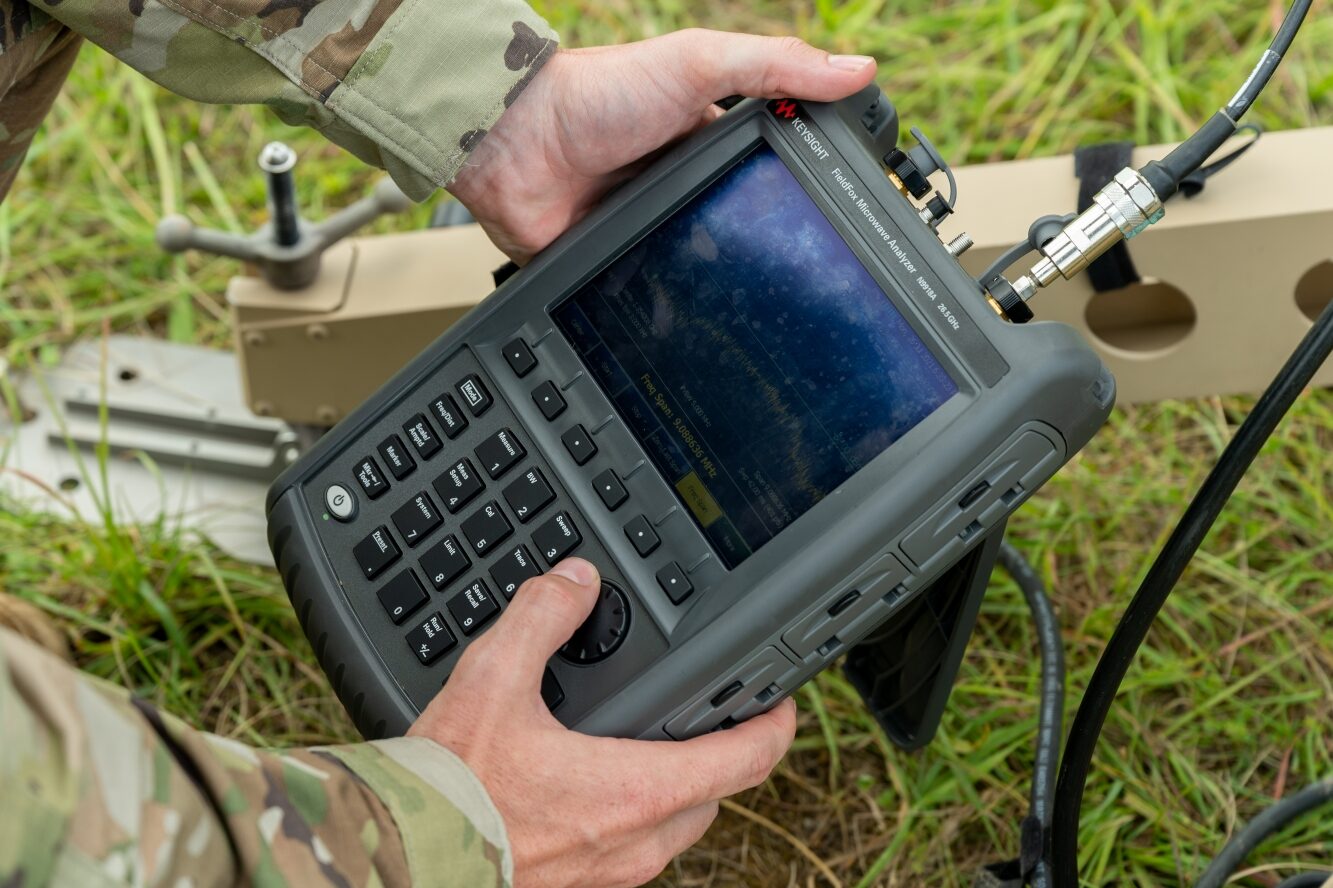






























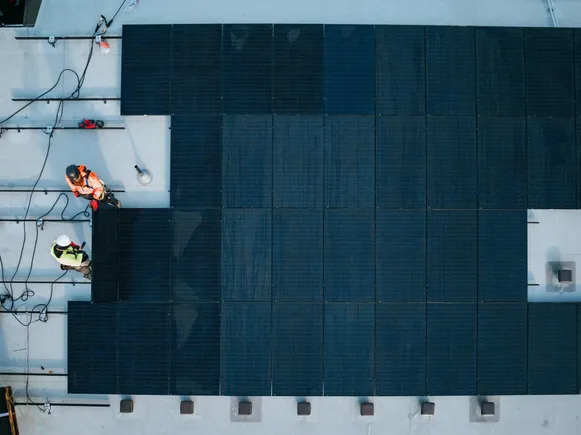








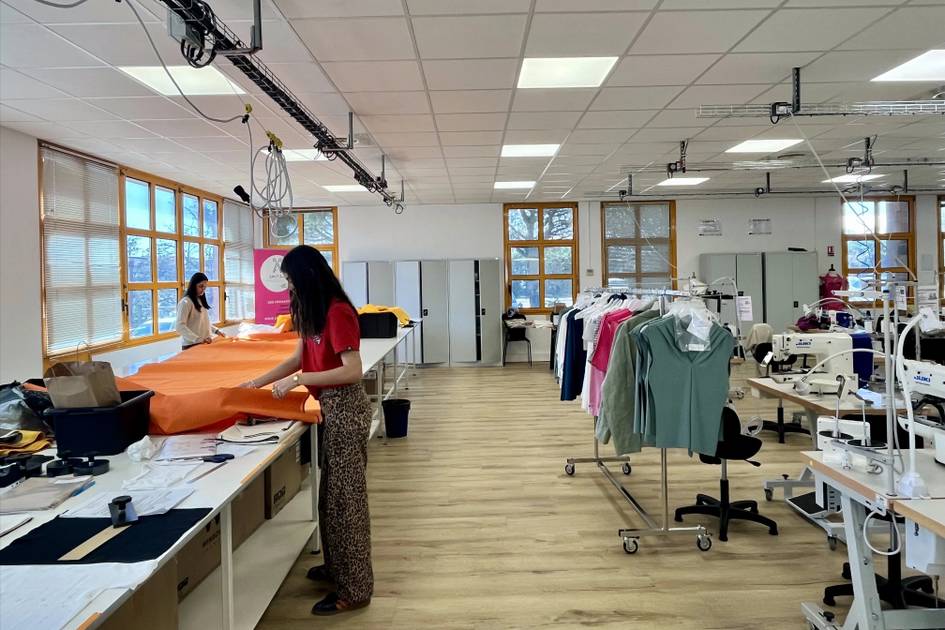











.jpg)











